Nasa Parker Solar Probe: mission to ‘touch the Sun’ gets off to rocky start
Launch delayed by technical problem before space agency briefly loses contact with the star-bound rocket
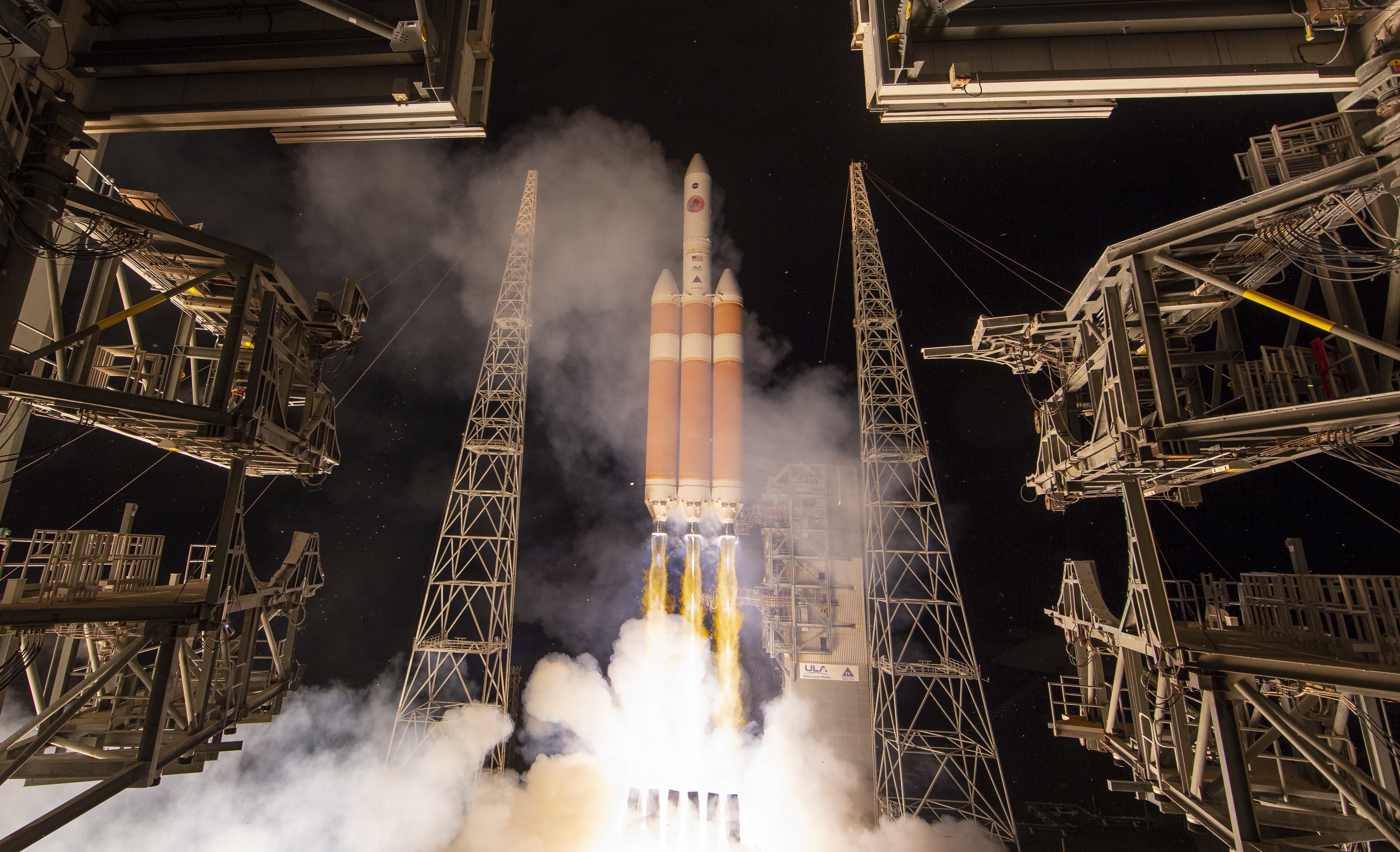
Nasa’s mission to “touch the Sun” is under way following the launch of the Parker Solar Probe early on Sunday morning.
The satellite was due to lift off on Saturday, but a technical fault forced the US space agency to postpone the launch, The Guardian reports.
The probe finally blasted off from Cape Canaveral space port, in Florida, the following day at at 3:31am (8:13am UK time) - only to experience technical troubles around 40 minutes into the flight.
The Week
Escape your echo chamber. Get the facts behind the news, plus analysis from multiple perspectives.

Sign up for The Week's Free Newsletters
From our morning news briefing to a weekly Good News Newsletter, get the best of The Week delivered directly to your inbox.
From our morning news briefing to a weekly Good News Newsletter, get the best of The Week delivered directly to your inbox.
According to The Sunday Times, Nasa briefly lost contact with the spacecraft, creating a “nervous” atmosphere in the mission control room until communications resumed.
The $1.5bn (£1.2bn) mission marks the agency’s first attempt at sending a probe to the centre of the solar system, where the craft will get within 3.8 million miles of the Sun’s surface, Metro reports.
Although that distance may sound too far to justify Nasa’s claim that it will “touch” the star’s surface, the probe is expected to break through the Sun’s atmosphere - known as the Corona - a total of 24 times over seven years while gathering data about its climate.
The spacecraft is named after Eugene Parker, a 91-year-old physicist who first predicted the existence of solar wind in 1958, the Daily Express says.
A free daily email with the biggest news stories of the day – and the best features from TheWeek.com
While “only the size of a car”, the satellite is tough enough to withstand temperatures of 1,300C and to travel at speeds of up to 430,000mph, the newspaper adds.
Scientists expect the Parker Solar Probe to cover the 89-million-mile distance to the Sun’s Corona by November, after using Venus’s gravitational pull as a slingshot towards the star in October, Sky News reports.
-
 Political cartoons for December 7
Political cartoons for December 7Cartoons Sunday’s political cartoons include the Trump-tanic, AI Santa, and the search for a moderate Republican
-
 Trump’s poll collapse: can he stop the slide?
Trump’s poll collapse: can he stop the slide?Talking Point President who promised to ease cost-of-living has found that US economic woes can’t be solved ‘via executive fiat’
-
 Codeword: December 7, 2025
Codeword: December 7, 2025The daily codeword puzzle from The Week
-
 Another Starship blast sets back Musk's Mars hopes
Another Starship blast sets back Musk's Mars hopesSpeed Read Nobody was killed in the explosion, which occurred in south Texas
-
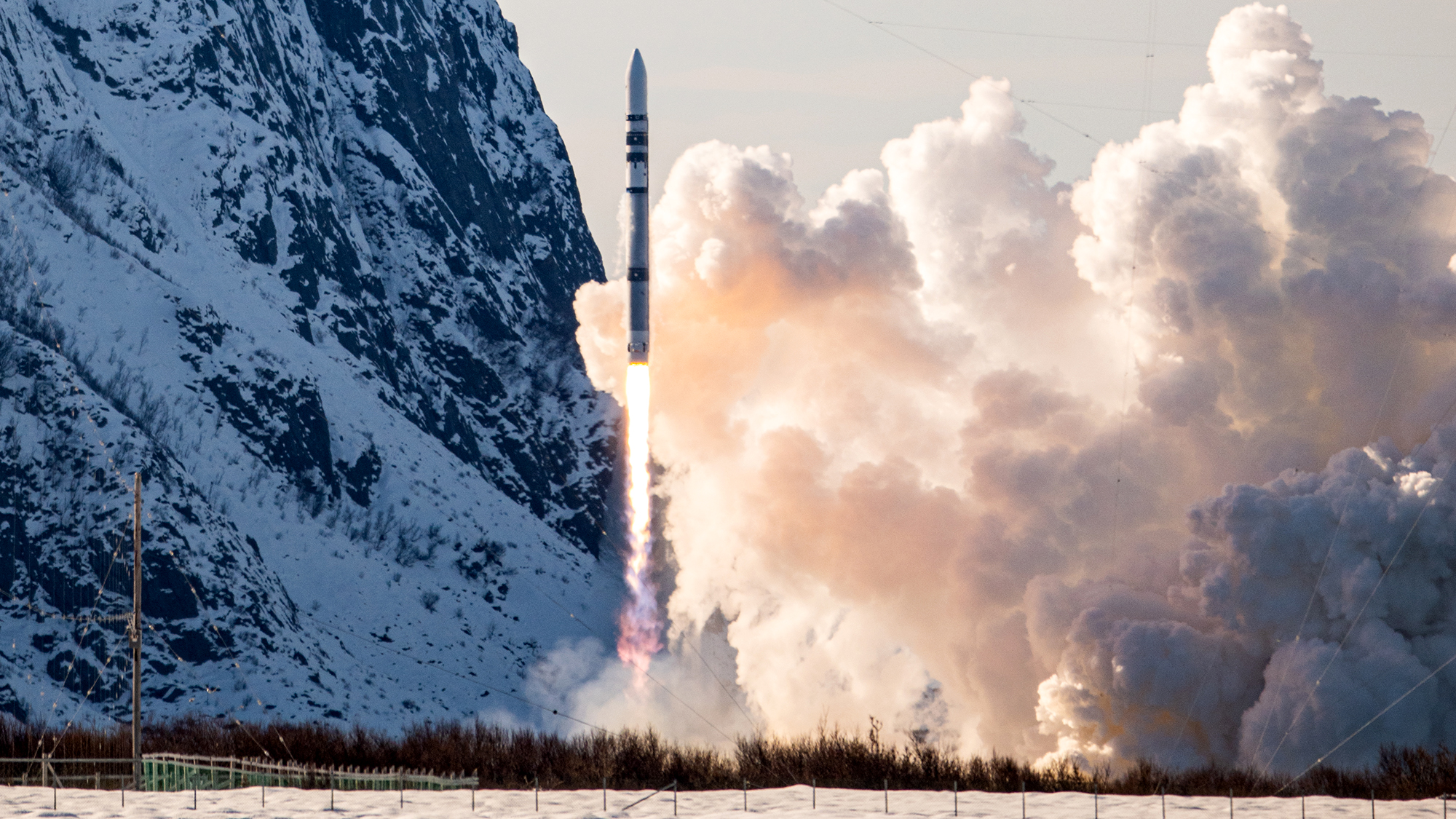 Test flight of orbital rocket from Europe explodes
Test flight of orbital rocket from Europe explodesSpeed Read Isar Aerospace conducted the first test flight of the Spectrum orbital rocket, which crashed after takeoff
-
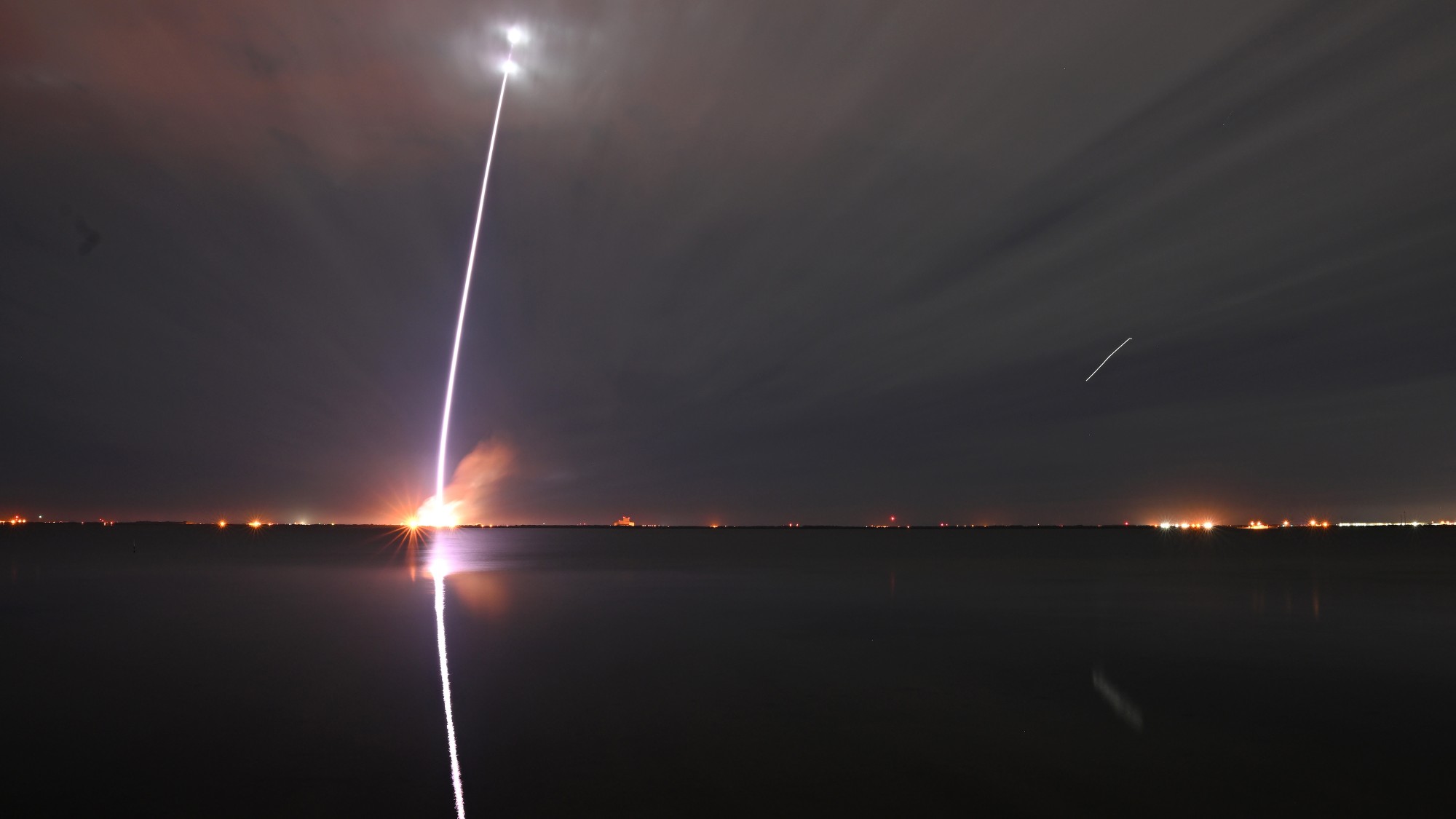 Jeff Bezos, Elon Musk and the billionaire space race
Jeff Bezos, Elon Musk and the billionaire space raceThe Explainer Tesla CEO and Amazon founder vie for dominance of satellite launch market and could influence Nasa plans to return to Moon
-
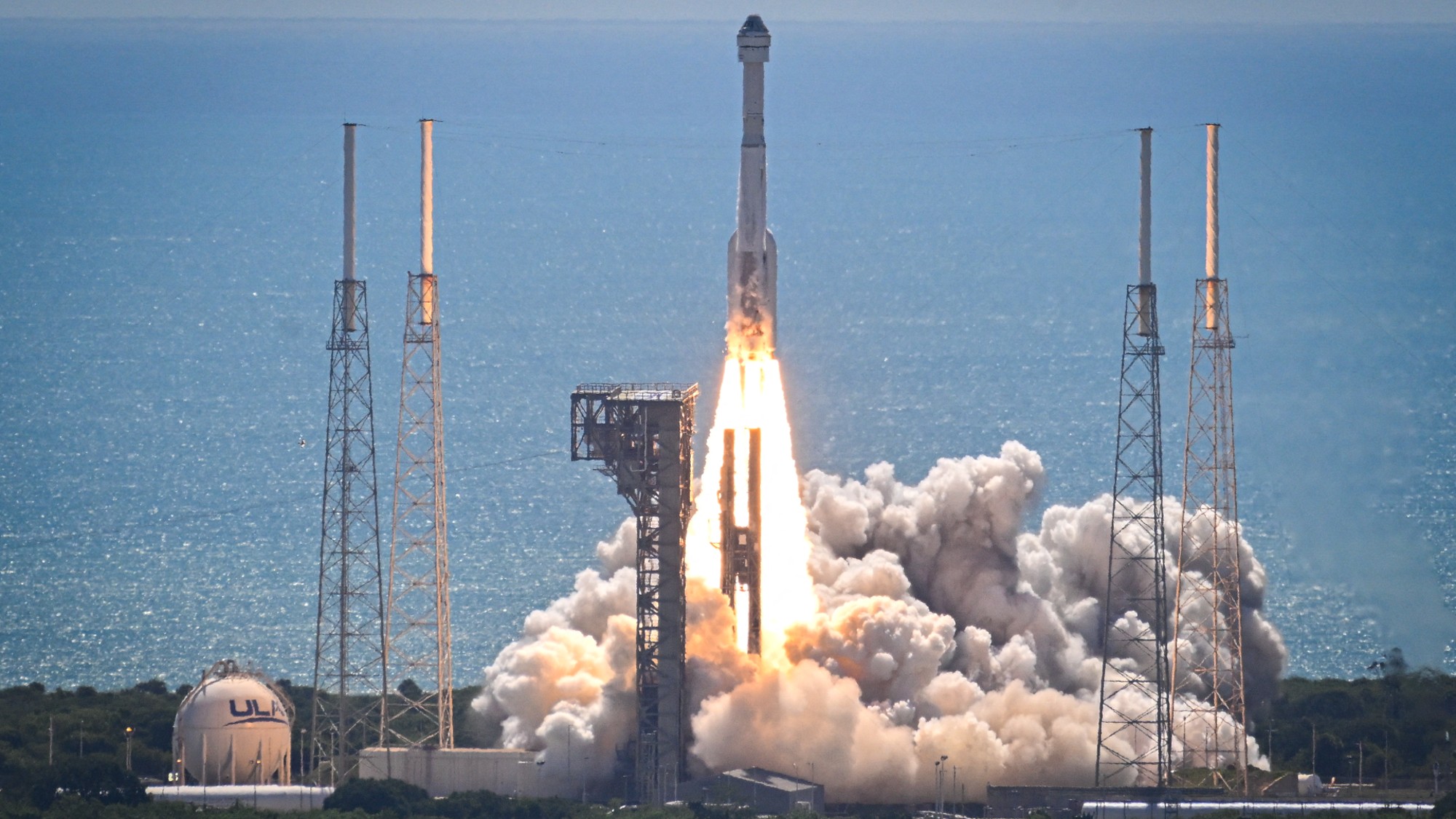 Starliner: What went wrong?
Starliner: What went wrong?Today's Big Question Boeing spacecraft has had a 'long, difficult road'
-
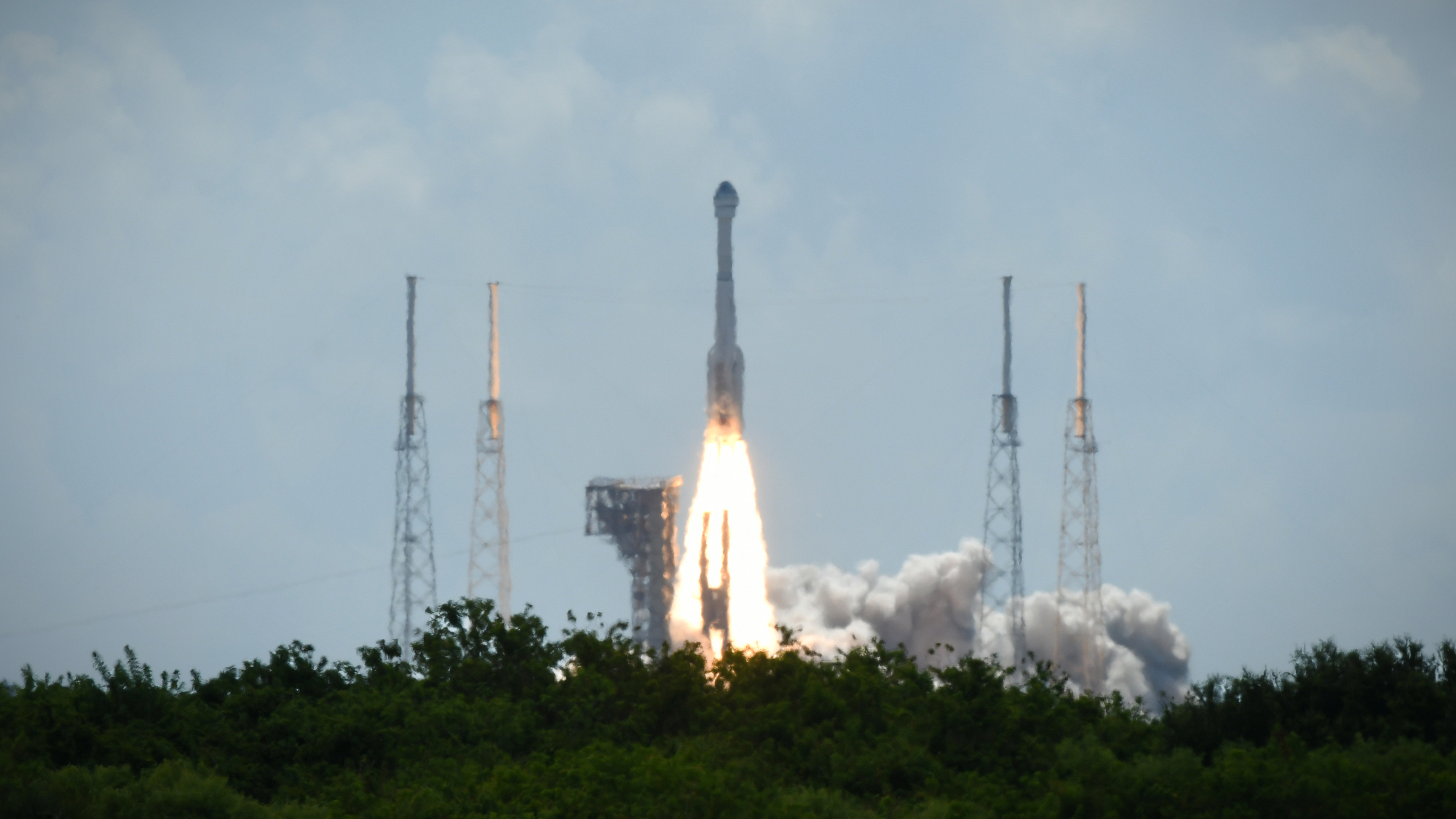 Boeing, SpaceX successfully test key rockets
Boeing, SpaceX successfully test key rocketsSpeed Read Boeing’s Starliner docked at the ISS and SpaceX completed its fourth test launch of its Starship spacecraft
-
 Nasa reveals first findings from asteroid that could explain origins of life
Nasa reveals first findings from asteroid that could explain origins of lifeSpeed Read Sample from Bennu has been found to contain an abundance of water and carbon
-
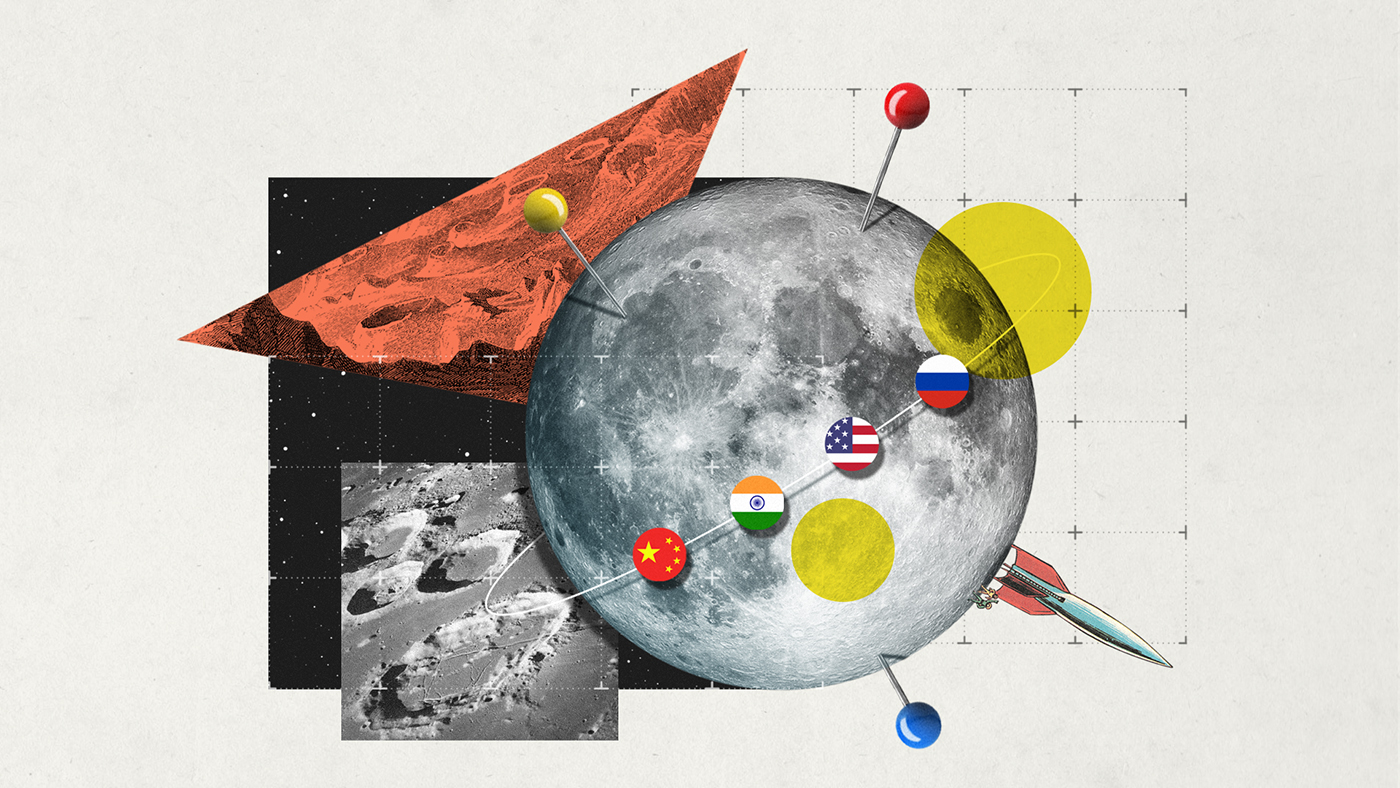 Dark side of the Moon: will the race to lunar South Pole spark conflict?
Dark side of the Moon: will the race to lunar South Pole spark conflict?Today's Big Question Russia and India are competing for the ‘new lunar gold’ – but real contest will be between the US and China
-
 How worried we should be about space debris
How worried we should be about space debrisfeature As part of a rocket washes up in Australia scientists warn ‘critical mass’ of orbital junk could only be decades away